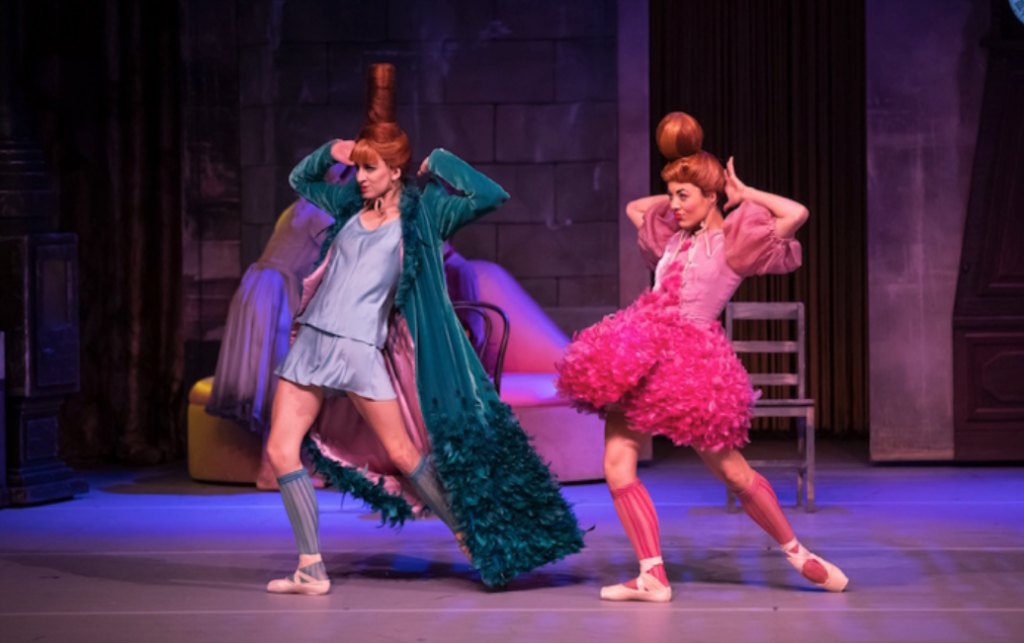
Emerging Practices and Artists in a Post-Pandemic Theatre World
The COVID-19 pandemic has forced the theatre industry to adapt and change in many ways. The closing of theatres and the cancellation of shows had a significant impact on the industry, but they also created opportunities for innovation and growth. Emerging artists have been challenging traditional theatre practices, and their influence is likely to continue in a post-pandemic world. In this article, we will explore how these artists are changing the theatre landscape.
1. Embracing Technology
The pandemic accelerated the use of technology in the theatre industry. With social distancing requirements and limited in-person audiences, virtual productions became a popular alternative. Emerging artists have embraced this technology, creating innovative productions that push the boundaries of traditional theatre. They have used different platforms like Zoom, YouTube, and social media to showcase their work and reach new audiences.
The Show Must Go Online is an example of a theatre company that embraced technology during the pandemic. They produced weekly live-streamed performances of Shakespeare’s plays on YouTube, with actors performing their parts from their homes.
2. Exploring New Formats
Emerging artists are exploring new formats that challenge traditional theatre practices. For example, site-specific performances, immersive theatre, and audio plays are gaining popularity. These formats offer a unique experience for the audience and allow artists to experiment with new storytelling techniques.
Act React is a Brisbane-based company specialising in pop culture-inspired performances. They are best known for “The Movie, The Play” site-specific comedy homages. Their shows are interactive in nature, but involve the audience in a positive and supported way. Their aim is to leave audiences exhilarated and laughing.
3. Diversity and Inclusion
The theatre industry has been criticized for its lack of diversity and inclusion. Emerging artists are challenging this by creating work that reflects a broader range of voices and experiences. They are exploring issues related to race, gender, sexuality, and social justice. This has led to a more diverse and inclusive theatre landscape, with new perspectives and stories being told.
Indelabilityarts is a theatre company that promotes inclusivity by offering professional artistic and training opportunities for individuals who identify as disabled or neurodivergent. The company’s professional ensemble produces original work that shares the experiences of each artist through various performance modes.
4. Collaborative and Community-Based Work
Emerging artists are also collaborating more with other artists and community members. This has led to a more community-based approach to theatre, with productions being created in collaboration with local organizations and residents. These collaborations have created opportunities for emerging artists to work with more established artists and to connect with their communities.
Metro Arts offers a Creative Development Program that provides support to artists in their pursuit of creating new work. The program encourages artists to explore new ideas, forms, collaborations, and methods of working.
5. New Funding Models
Finally, emerging artists are challenging traditional funding models for theatre. Crowdfunding, grants, and private donations are becoming more popular as artists look for new ways to finance their work. This has led to a more decentralized funding landscape, with artists having more control over their productions.
Brisbane’s first improv and comedy theatre, Big Fork Theatre, began crowdfunding in 2022, and thanks to community support, donations and self-funded efforts, the theatre was able to cover some construction and fit-out costs.
The pandemic has had a significant impact on the theatre industry, but it has also created opportunities for growth and innovation. Emerging artists are challenging traditional theatre practices, and their influence is likely to continue in a post-pandemic world. They are embracing technology, exploring new formats, promoting diversity and inclusion, collaborating more, and creating new funding models. The result is a more diverse, inclusive, and community-based theatre landscape that offers unique and innovative experiences for audiences.






